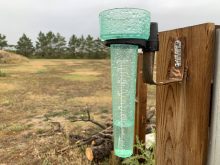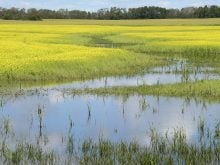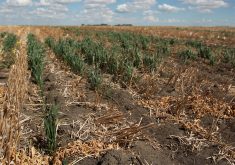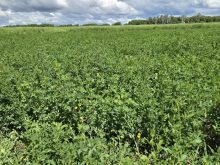The smaller St. Mary Reservoir has seen its levels rise to four percent of capacity from a low of two percent
The continuing drought across Alberta and parts of Saskatchewan are prompting warnings from the two provincial governments as precipitation remains elusive and moisture deficits extend into winter.
“We need to make sure we have a plan in place to address these water shortages,” said Alberta’s Environment Minister Rebecca Schulz, warning of El Nino, which weather specialists expect means dry and warm conditions will continue through winter.
Conditions at southern Alberta’s largest reservoir supporting irrigation at the Oldman Dam are continuing to fall and sit at a quarter of capacity — similar to, but slightly above, levels experienced during the winter of 2001-02.
Read Also
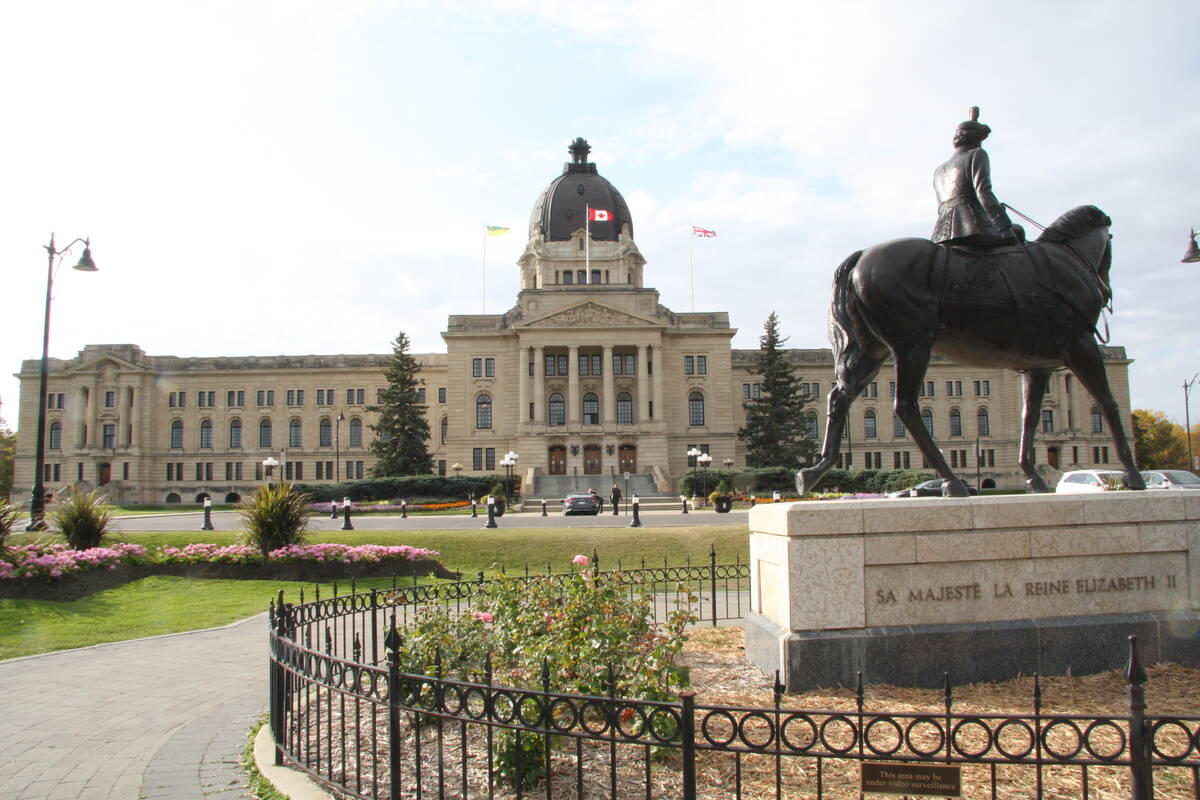
Saskatchewan throne speech promises strong economy
Saskatchewan’s legislative agenda for the coming year will focus on meeting the challenges of new world trading relationships, said the speech from the throne.
The smaller St. Mary Reservoir has seen its levels rise to four percent of capacity from a low of two percent at the end of the 2023 growing season.
While those two reservoirs are running at near record lows, it’s more of a mixed bag of conditions at reservoirs in other parts of southern Alberta.
Lethbridge Northern’s Keho Reservoir and Eastern Irrigation District’s Lake Newell are both sitting at above 80 percent of capacity with Lake McGregor and Travers, which feed into the Bow River Irrigation District, sitting at 76 and 55 percent of capacity respectively.
System-wide, St. Mary River Irrigation District was sitting at 44 percent capacity at mid-October.
“If we do not get significant amounts of snow and precipitation, we are certainly predicting it’s going to be another dry year next year,” said Schulz during a media conference on the province’s emissions reductions. “We are working with municipalities, our major water licence users, with irrigators and setting up a bit of a working group to address the very urgent needs as we head into next spring.”
The three-year precipitation accumulations in much of the south, central and parts of the Peace Country are being reflected as once in 50-year events with most of the entire province seeing below average rain and snow amounts over the same time.
“This translates to total moisture deficits in at least the 300 to 400 (millimetre) range which, in the case of the Special Areas and adjacent parts of the Southern Region, translates to a full year of lost moisture in the last 3 years,” according to Alberta’s November Agriculture Moisture Situation Update.
Saskatchewan’s Water Security Agency is warning the province is heading into winter with below normal soil moisture levels, although reservoir levels apart from Lake Diefenbaker are normal.
But the WSA’s outlook for 2024 predicts extreme risks for continuing hydrological drought conditions in an area of the western portion of the province bordered by Lloydminster in the north, Outlook in the east and Maple Creek in the south. Except for the southeastern corner of the province, the risk is moderate to high across the rest of Saskatchewan.
Schulz hinted at a provincial long-term water-use management plan in the works, “looking at the water infrastructure we have, like storage, what are our priorities, what are the other opportunities we might have and how we can better manage water resources.”
As for the short-term plan, Schulz said its working group will begin discussions in the coming weeks regarding options if the drought continues.
“We’re looking at doing some tele-townhalls (so) that all of those major water users are aware of the situation that we find ourselves in, have the ability to provide us with their concerns or feedback and I would imagine we would need some time to pull that together and come up with a plan,” she said.
That working group will include representatives from across industries and governments, including the Alberta Energy Regulator, which is responsible for water licensing for energy projects. Results of those discussions are anticipated to be released early in the new year, according to Schulz.
Alberta announced on Dec. 1 it is launching a request for proposals to help model the water situation throughout the winter and to explore ways to maximize the provincial water supply if required in 2024.
Seven Persons Blaine Cash said he’ll be considering trying a few different things to manage the dry conditions in preparations for next season at his mixed-farm operation, which includes irrigation pivots.
“We kind of had a bit of a taste of that (shortage) this year because we were restricted in our (irrigation) water and they pulled some water that we thought we had at the end of the season that we didn’t,” he said. “We’re going to wait and see what the winter holds and if we see some favourable conditions, it might not change as much but we thought for options we might grow some more dryland-type crops on irrigation and move some of that water around.”
Cash said the normal allotment from the St. Mary River Irrigation District is usually 16 inches, but the beginning of the season saw that reduced to around 14 inches. By the end of the 2023 season, that allotment was 12 inches.
“It threw us a curve ball because we restricted our water use to try and make it through the season and then they pulled the last two inches on us,” he said. “It was a little tough.”
Cash said he also plans to convert some of the wheel line systems to pivots to improve control of water discharge and that comes with more efficient sprinklers.
“If this is a long-term thing for a number of years, we might have to revisit some areas to try to figure something different.
As for keeping what moisture there is in the ground, Cash said ground cover has worked well in some trials he’s run on his mixed operation.
“Instead of silaging one little area, I left it and just rolled it down and seeded through with our second crop and I just left that mat of crop residue below,” he said of an experiment he did a couple of years ago. “The difference in moisture retention in that area that I left versus the other areas was amazing, I couldn’t believe it.”
The Alberta government escalated its water shortage management plan to stage four of five stages at the end of July because of a large-scale water shortage where it continues to be at the beginning of December. Stage five would involve declaring an emergency under the provincial Water Act.
There are 51 water shortage advisories in Alberta from the Milk and South Saskatchewan river basins in the south to the Hay and Peace river basins in the north.




